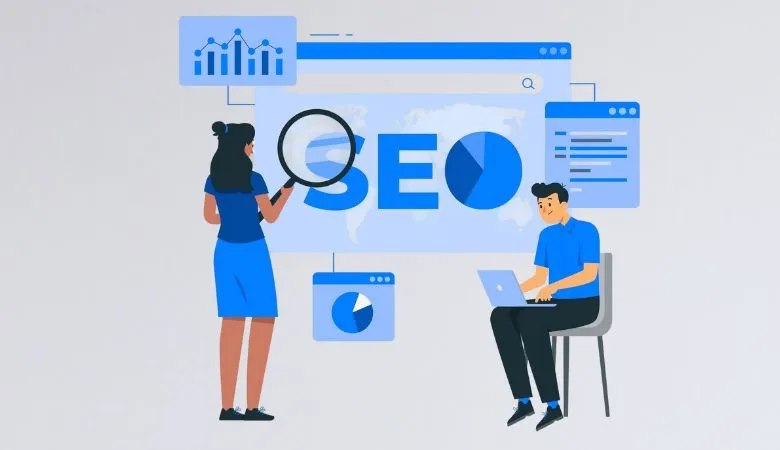How to Improve Your Video Marketing Strategy?

Are you considering adding video to your marketing strategy? Perhaps you have already implemented this strategy but are not getting the expected results. Online shoppers, particularly those using smartphones, often prefer to interact with businesses through video content.
In many cases, videos are more interactive and accessible for people who simply don’t have time to sit down and read a 4,000-word blog post.
Regardless of your circumstances and industry, videos are essential in connecting with customers. Online shoppers are watching more video content than ever, and that trend isn’t going to change anytime soon. Based on consumer behavior, it’s safe to say that even more people will use this type of content to learn about products and brands in the coming years.
So, suppose you’re ready to improve your video marketing strategy. In that case, we will go over four powerful ways to maximize the value of your visual content.
Include videos with your blog posts
You probably have a company blog where you publish content for your audience. Traditional content marketing is crucial to your success, so don’t stop writing. However, you may need to consider the benefits of adding videos to your posts.
People who visit your website have different needs and preferences. Some will want to sit down and read your article at the end of the day. Others may like to hear what you say on their way home. However, some people prefer to watch videos of their favorite brands.
Giving users the option to view a video of your blog posts is a great way to generate new traffic and keep new and existing customers interested. In most cases, you can modify the written post slightly to create a script for your video.
Including additional statistics, case studies, and examples that don’t make the final cut of your blog posts will result in more views, watch time, and, most importantly, more conversions.
Share your content across multiple social platforms
You probably already know social networks are perfect for uploading and sharing your video content. A good example is YouTube. Worldwide, more than 2.1 billion people use this platform.
Uploading posts to YouTube can help you generate a new audience who had never heard of your website until they found your videos. It’s easy to see why this is advantageous for leaders and marketers. Expanding your brand’s reach means connecting with people genuinely interested in your products or services more accessible.
But YouTube alone is not enough. Share your videos across other platforms where your customers spend their time. Twitter, Instagram, and Facebook can help you tap into a unique audience subset.
Host more live events
Live video events are widespread on all major social platforms. Many people love the opportunity to interact with the faces behind their favorite products.
You can use these events to grow your audience and improve engagement across all marketing platforms. Think about it: If someone was impressed with your live product demo, what are their next steps? That person will most likely visit your website, subscribe to your email list, and perhaps make a purchase.
In this example, a live video results in more social media followers, email subscribers, page traffic, and sales.
Facilitates viewer participation
Visitors who don’t have a way to actively interact with your brand videos won’t feel a solid connection to your business. Because of this loss of connectivity, they will not have as much loyalty to your company.
For YouTube videos, allow comments and actively interact with your audience. When one of your viewers raises an idea or comment in the comments section, give her a thumbs up and respond to what she said. This seemingly small action can have a noticeable impact on long-term engagement.
You should always ask your audience to share their thoughts on social media if they have questions, comments, or concerns. Likewise, always ask your viewers to share your videos if they find the information useful.
Regarding live events, the best course of action is to allow attendees to ask questions beforehand. You can send a question form to everyone who registers and then review the answers at the end of your presentation.


![Old and Present SEO Practices: Guide for the Latest SEO [2025]](https://www.scrolltrendy.com/wp-content/uploads/2025/01/Latest-SEO.webp)



![Digital Marketing Trends in 2024 [AI & More Advancements]](https://www.scrolltrendy.com/wp-content/uploads/2024/07/Digital-Marketing.webp)